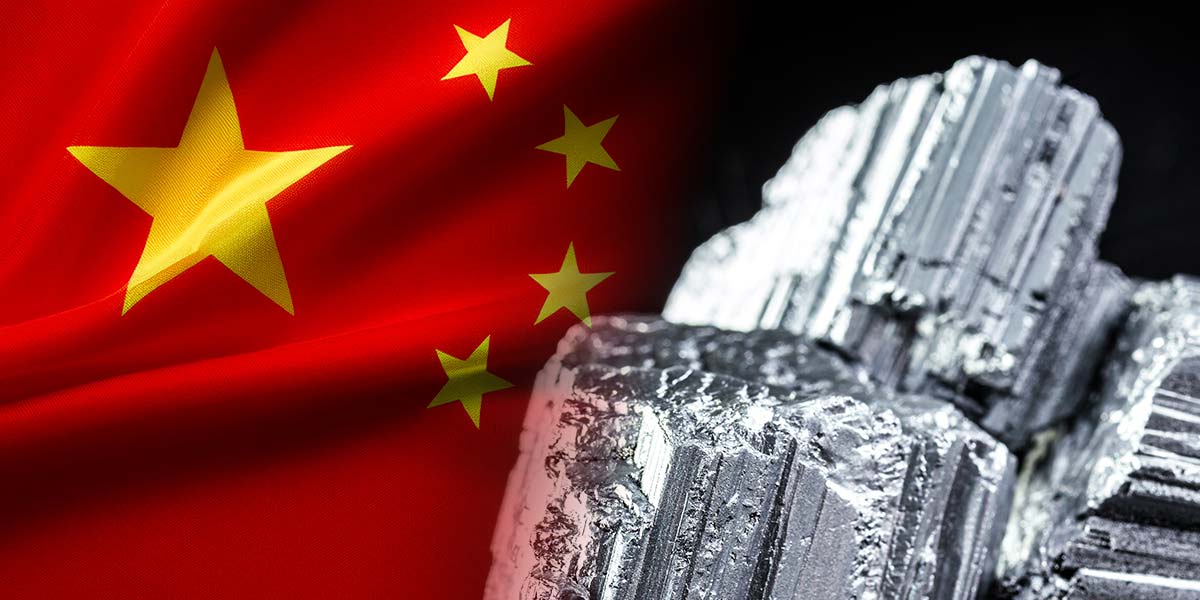China’s shipments of rare-earth magnets to the U.S. soared by 660% in June compared to the prior month, as American manufacturers rushed to secure critical components after recent progress in U.S.–China trade negotiations.
The surge follows Beijing’s April decision to impose stricter licensing requirements on key rare-earth magnet exports—vital for electric vehicles, wind power, and medical devices—in response to U.S. tariffs.
However, Washington and Beijing in May agreed to ease bilateral curbs on rare-earth trade and certain U.S. tech exports to China.
While China dominates the rare-earth sector, controlling roughly 90% of global magnet production and refining, tighter rules sparked disruptions in industries dependent on these materials. For some, including the automotive and robotics sectors, previous shortages have led to production halts.
According to Chinese customs data, the U.S. imported 353 metric tons of Chinese rare-earth permanent magnets in June, making it the second-largest destination behind Germany. While this is a significant rise from May, the shipments still trail behind last year’s levels.
Companies such as Nvidia are now resuming shipments of advanced chips to China, further signaling relaxation in trade controls.
Despite growing calls globally to diversify rare-earth sourcing and reduce reliance on China, analysts warn that developing alternative supply chains will take years given the technical complexity of refining these materials.
Peter Alexander from financial consultancy Z-ben Advisors noted that China continues to wield significant leverage in its rare-earth trade relationship with the U.S., shaping the global supply landscape for these vital industrial inputs.





